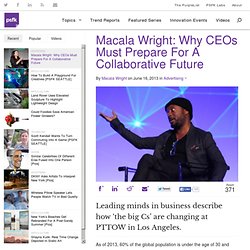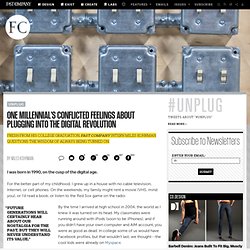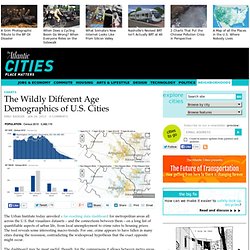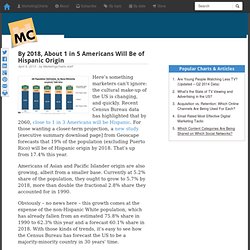

How To Be Totally Persuasive, But Not At All Sleazy. Just as networking isn't solely the province of scumbags, persuasion isn't only for rogues, succubi, and salespeople.

We can use our interpersonal powers for good--or so we hope to convince you. Learn that persuasion can be learned Persuasive people seem so natural, and, also, perhaps a bit intimidating. Ryan Gosling could probably convince the Fast Company staff of anything. But persuasion is a social skill--and any skill can be learned.
Though being devastatingly handsome can't hurt. Master the three-stage listen Since the people you're trying to persuade have their own hopes and interests, persuading them of your ideas is actually a matter of finding where you agree--what might be called co-investment. As sales expert Kevin Daum notes at Inc., super persuasive people listen in three stages: To see how receptive you are to their ideas To attend to--and start to solve--your objections To find "moments of agreement," which can grow into co-investment. Macala Wright: How CEOs Must Prepare For A Collaborative Future.
As of 2013, 60% of the global population is under the age of 30 and responsible for $1.2 trillion in consumer spending each year.

They are catalysts for change, action and consumerism. As leaders, we need to know how to communicate with them. Last week, technologists, heads of global brands and futurists gathered to discuss the future of business at PTTOW in Los Angeles. From community to collaboration, connected consumer experiences to causality and CSR – big words, with big meanings, starting with the letter “c” – took center stage in conversations among some of the leading minds in business. “The ways to change ghettos from being ghettos is turn our kids into technologists, and to teach them to code.” Collisions, Community and Co-Learning We know that effective leadership in a modern enterprise starts with ourselves and shifting the way in which we act within the world because other often follow our examples.
We Need to Build Communities Correctly Connective Customer Experiences. One Millennial's Conflicted Feelings About Plugging Into The Digital Revolution. I was born in 1990, on the cusp of the digital age.

For the better part of my childhood, I grew up in a house with no cable television, Internet, or cell phones. On the weekends, my family might rent a movie (VHS, mind you), or I’d read a book, or listen to the Red Sox game on the radio. By the time I arrived at high school in 2004, the world as I knew it was turned on its head. My classmates were running around with iPods (soon to be iPhones), and if you didn’t have your own computer and AIM account, you were as good as dead. In college some of us would have Facebook profiles, but that wouldn’t last, we thought--the cool kids were already on Myspace.
My generation was in a unique position. The Wildly Different Age Demographics of U.S. Cities - Neighborhoods. The Urban Institute today unveiled a far-reaching data dashboard for metropolitan areas all across the U.S. that visualizes datasets – and the connections between them – on a long list of quantifiable aspects of urban life, from local unemployment to crime rates to housing prices.

The tool reveals some interesting macro-trends. For one, crime appears to have fallen in many cities during the recession, contradicting the widespread hypothesis that the exact opposite might occur. The dashboard may be most useful, though, for the comparisons it allows between metro areas on all these metrics. Particularly fascinating is a set of demographic data drawn from the 2010 Census that illustrates population dynamics by age across communities.
U.S. cities don't uniformly reflect the age demographics of the nation as a whole. This is College Station, Texas, where the population is dramatically skewed by Texas A&M University (the gray lines represent the national average). By 2018, About 1 in 5 Americans Will Be of Hispanic Origin. Here’s something marketers can’t ignore: the cultural make-up of the US is changing, and quickly.

Recent Census Bureau data has highlighted that by 2060, close to 1 in 3 Americans will be Hispanic. For those wanting a closer-term projection, a new study [executive summary download page] from Geoscape forecasts that 19% of the population (excluding Puerto Rico) will be of Hispanic origin by 2018. That’s up from 17.4% this year. Americans of Asian and Pacific Islander origin are also growing, albeit from a smaller base. Currently at 5.2% share of the population, they ought to grow to 5.7% by 2018, more than double the fractional 2.8% share they accounted for in 1990.
Obviously – no news here – this growth comes at the expense of the non-Hispanic White population, which has already fallen from an estimated 75.8% share in 1990 to 62.3% this year and a forecast 60.1% share in 2018. The Geoscape study offers a host of intriguing statistics and forecasts.